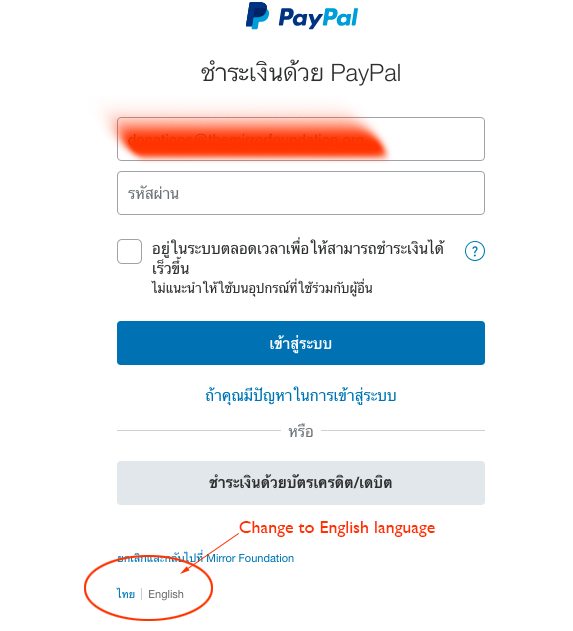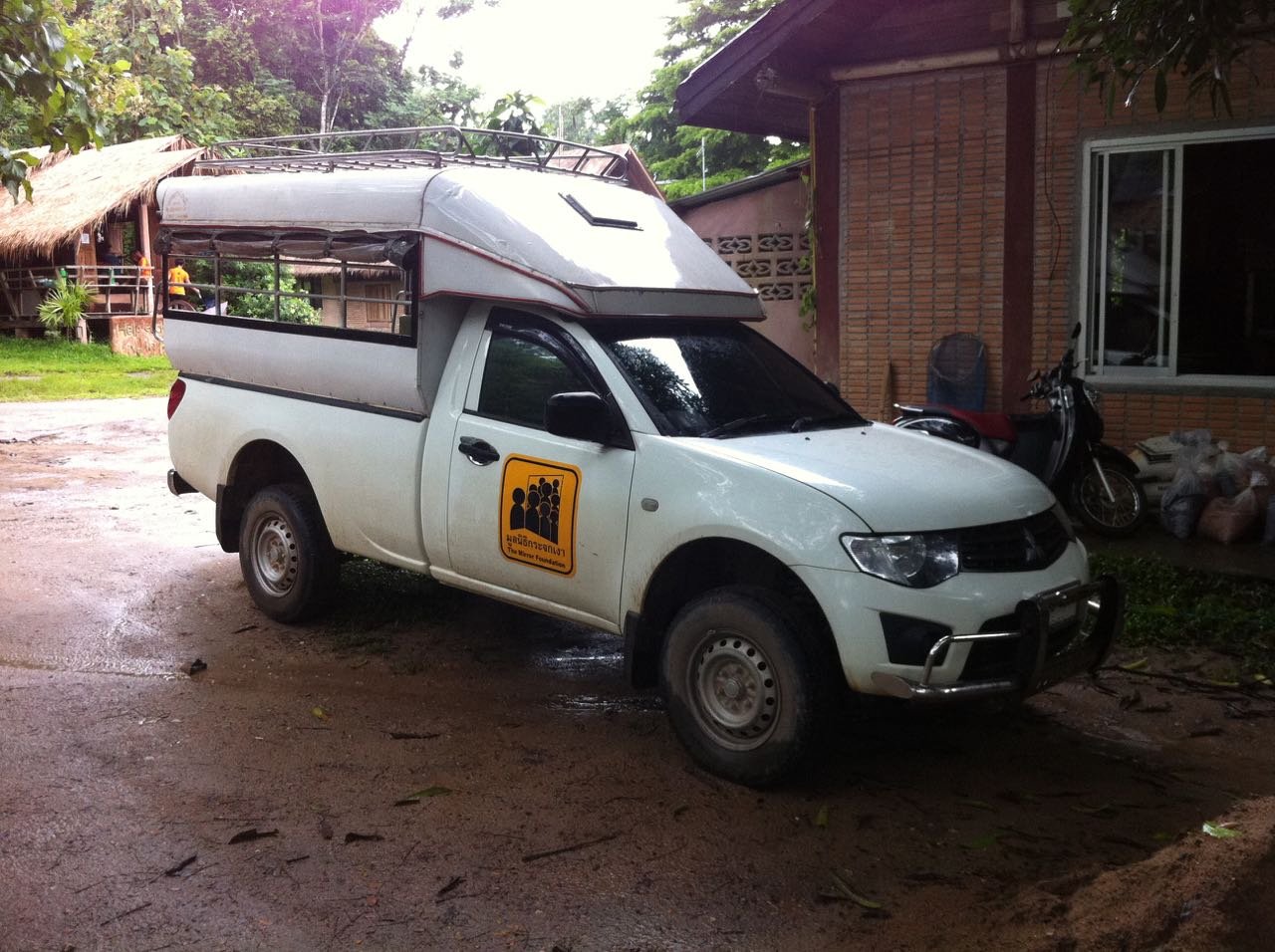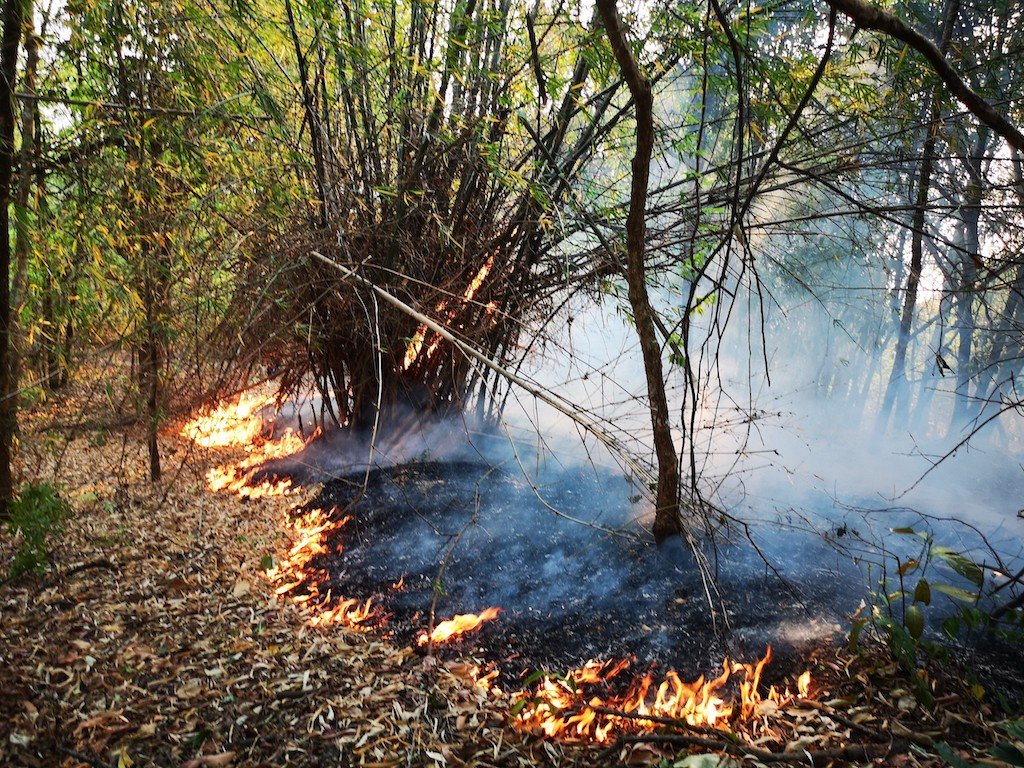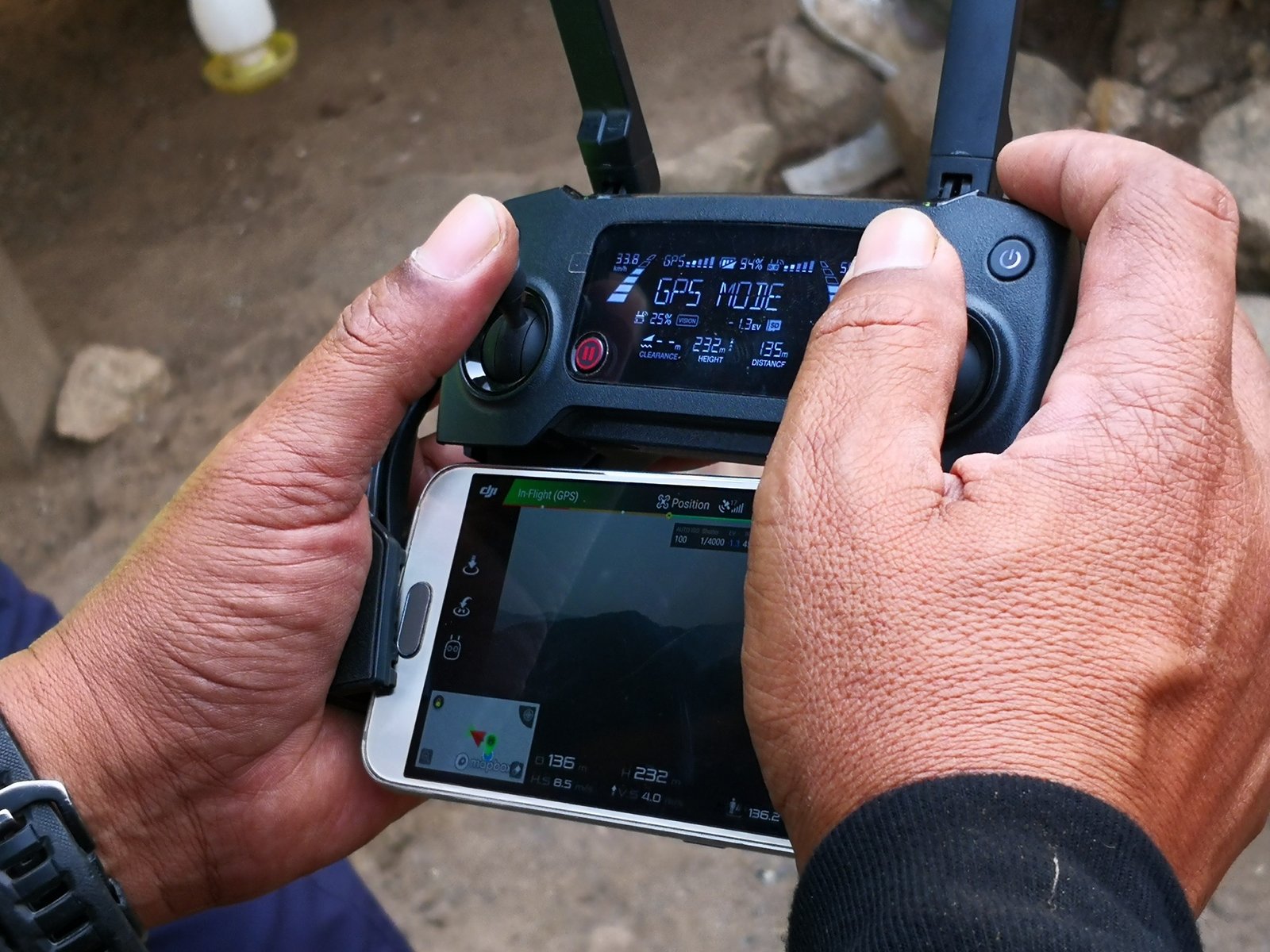What to wear - overnight treks
When you join one of our overnight programmes, you need to consider the cultures of the homestay villages as well as the weather and terrain. Please continue reading to make sure you are prepared before you set off.
Recommendations
- Trekking boots - covered trekking shoes/trainers at a minimum.
- Some trails have grasses with small thorns which can irritate bare skin, especially in rainy season.
- Change into flip-flops once you arrive at the village (optional)
- Long sleeved tops and long trousers (because of thorny grass)
- Comfortable and cool clothes
- Enough changes of clothing for the whole trip
- Please note, we have a dress code that we ask you to respect
Advice
- Pack waterproofs during rainy season (approx June-Sept)
- Pack warm clothing for the evenings during winter (approx Nov-Feb)
What to wear - 1 day treks
Dress for comfort and practicality when you join our one trek day programmes - continue reading to checklist the items which will enhance your experience.
Recommendations
- Trekking boots - covered shoes such as trainers are advised as a minimum
- Long sleeved tops and long trousers (protection from sun and thorny grass)
- Comfortable and cool clothing
- Please note, we have a dress code which we ask you to respect
- Wide brimmed hat
Advice
- Pack waterproofs during rainy season (approx June-Sept)
Understanding the cultures
Northern Thailand is very conservative (small 'c'), very traditional, and the locals love a gossip. We recommend certain types of clothing for practical purposes when you book a tour with us, but we also advise dressing in a manner that is respectful of the local cultures, religions, and sites being visited. Continue reading to discover why clothing is an important part of preparation for our tours.
Cultureshock can be felt by those who have never experienced conditions found in the local villages. Please be aware that you will be staying in a family home - our homestays are based with a family with children, or a married couple. Please respect their home, their beliefs, and their culture.
We have set standards for our homestays, covering cleanliness, accommodation, and food... but, these are real homes in traditional communities - not model homes, guesthouses or hotels. Facilities are basic: squat toilets, cold showers, rudimentary electric power (no power at all in some villages), thin mattresses.
Food, language, and lifestyle, as well as etiquette can all be sources of cultureshock. We do our best to prepare our guests with information and photographs, and our guides are very helpful too. However, guests should research independently to understand what the experience is likely to entail.
Cultural dress code
Although we now only offer trekking tours, to focus on the local communities, it is still good to know about the wider Thai culture and how not to offend in terms of what you wear. Below covers the general dress code and why it is more conservative than in western society.
Modesty and respect
Life in the north of Thailand is largely traditional, conservative, and rural. Our dress code is designed to cause minimal offence to locals, and also so that our guests don't feel self-conscious or embarrassed during the day. Thais and hilltribe villagers are unlikely to mention anything directly, but there can be plenty of discussion if a guest is dressed in a manner which goes against the social convention.
Some programmes include visiting local temples, and it is important not to offend the Buddhist religion or culture. Dressing politely is as important as behaving respectfully. Some temples enforce these standards - the White Temple employs staff to hand out shawls and sarongs to wear if they consider a visitor inappropriately dressed, but many temples do not have the capacity to do this. Self-awareness and respect for the culture is very important here, much more so than in western countries.
Cultural clothing checklist
- Trousers: long, down to the ankles preferably
- No leggings or yoga pants
- Footwear: Covered shoes
- Flip flops are considered impolite at temples
- Skirts/shorts: We strongly recommend against wearing skirts or shorts
- Shirts/Tops
- Shoulders need to be covered (no strap tops)
- No cleavage should be seen
- A bra should be worn at all times
Practicality
There are a number of practical reasons too. Nature and the elements can make the trip awkward, and sometimes painful, if inappropriate attire is worn. Along the trails, at certain times of the year, grass with tiny thorns can irritate your legs and feet; the sun can beat down and burn the skin in a very short space of time; it can also cause dehydration and sunstroke if a hat is not worn.
Summary
We recommend certain clothing because we have years of experience running tours, and native knowledge of the cultures and taboos in this region.
If you have any questions, please don't hesitate to ask us.


















